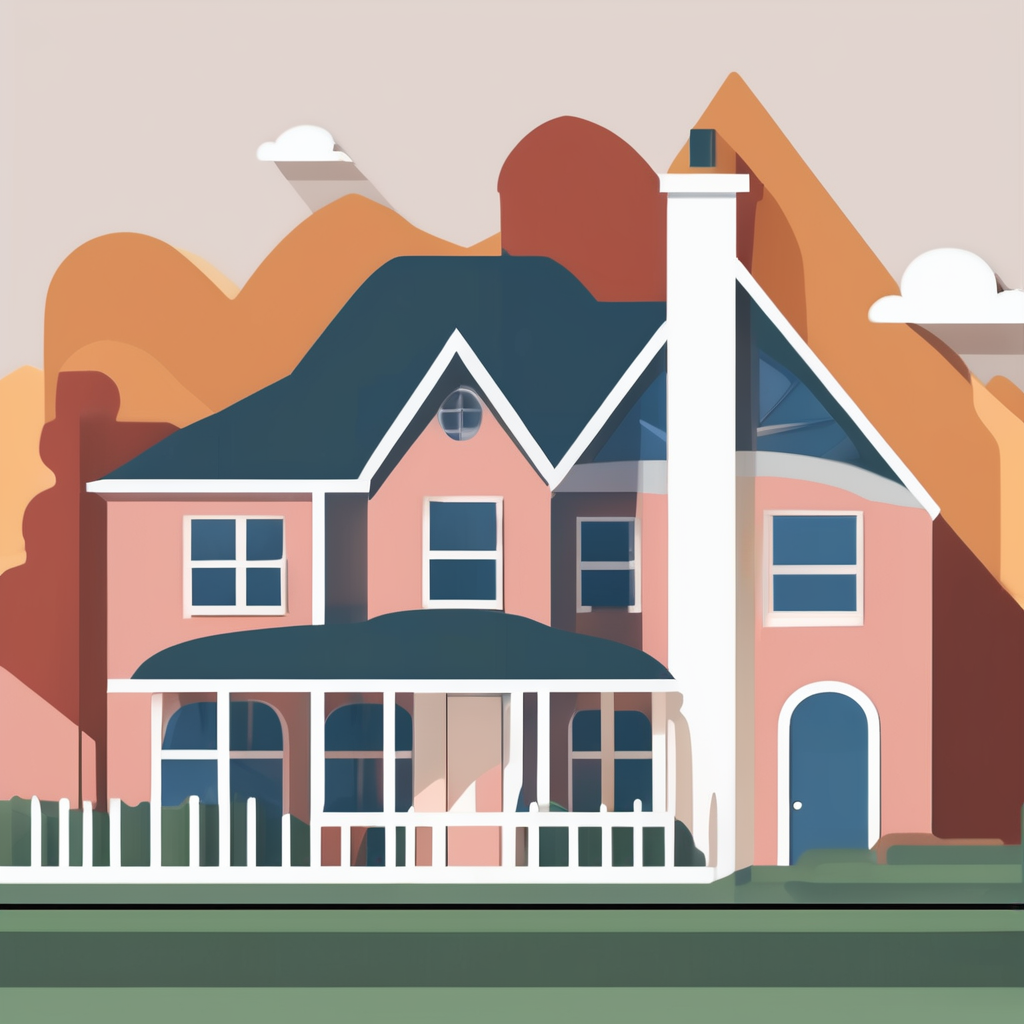Understanding Minimalism in the Home Workspace
Minimalism in home workspace design revolves around a minimalist approach that emphasizes simplicity, functionality, and intentionality. At its core, this approach seeks to eliminate unnecessary clutter, enabling a clean and organized environment that promotes focus and productivity. Unlike traditional workspaces filled with numerous gadgets, papers, and decorative items, a minimalist workspace highlights only essential tools and furniture, ensuring every element serves a clear purpose.
The minimalist workspace benefits extend beyond aesthetics. By reducing distractions, this design improves mental clarity and efficiency, allowing users to concentrate on their tasks with fewer interruptions. It also encourages better organization habits, as the absence of excessive items demands thoughtful placement and regular tidying.
In parallel : How Can We Enhance Productivity While Working from Home in the UK?
Adopting minimalism in home workspace design often means curating the space to support work habits and ergonomics thoughtfully. This intentional organization leads to a environment where creativity and productivity can flourish, making the minimalist workspace not just a style choice but a strategic enhancement to work efficiency.
Evidence and Real-Life Examples of Workspace Transformation
Transforming a workspace into a minimalist, clutter-free environment has tangible benefits, as demonstrated by numerous case studies and expert testimonials. A workspace transformation often leads to significant productivity improvements by reducing distractions and creating a more focused atmosphere.
Also to see : How can lighting impact productivity in a UK home office?
Consider professionals who shared before-and-after minimalist workspace photos showcasing a drastic shift from chaotic desks to streamlined, orderly home offices. This visual transformation highlights the direct impact of a clean workspace on mental clarity and task efficiency.
Experts in environmental psychology emphasize that minimalist workspaces promote better concentration and reduce cognitive overload. By eliminating unnecessary items and organizing essentials neatly, employees can experience clearer thinking and faster task completion.
Real-life examples consistently point to workspace transformation as a catalyst for enhanced work performance and well-being, making it a practical approach for anyone seeking to optimize their work environment.
Practical Steps to Declutter and Optimize Your Home Workspace
Creating a productive workspace begins with thorough workspace decluttering. Start by assessing every item on your desk and in your immediate area. Ask yourself: Do I use this daily? Does it aid my productivity? Items failing these tests should be removed. This process not only clears physical clutter but also frees mental space, crucial for focused work.
When it comes to optimizing your home office, less is often more. Adopt minimalist organization tips by keeping only essential tools visible. Invest in functional pieces like a quality desk, an ergonomic chair, and smart storage solutions that conceal cables and supplies. For example, a compact filing system or drawer organizers help maintain neatness without sacrificing accessibility.
Maintaining this streamlined environment requires ongoing effort. Develop habits such as tidying up at the end of each workday and setting weekly reminders to reassess your setup. Simple strategies—like using labeled containers and minimizing decorations—encourage sustained orderliness. Ultimately, your workspace should reflect efficiency and calm, making each work session more focused and enjoyable.
Key Benefits of a Minimalist Home Workspace Approach
A minimalist home workspace significantly boosts workspace efficiency benefits by eliminating unnecessary clutter. When your desk is free from excess items, your brain encounters fewer distractions. This clear environment helps sustain focus, allowing tasks to be completed more swiftly and with less mental fatigue. Reducing physical distractions also means your mind can prioritize important work without constant interruptions from visual stimuli like piles of paper or multiple devices.
Beyond tangible workspace efficiency benefits, a minimalist setup fosters mental clarity. A decluttered space encourages clear thinking and decreases feelings of overwhelm that often accompany disorder. Scientific studies support that tidy environments can lower stress levels and improve mood. This mental health improvement is especially valuable in home offices, where the boundary between work and relaxation can blur.
Over time, maintaining a minimalist workspace yields long-term efficiency gains. Consistently working in a distraction-reduced setting sharpens concentration skills. Productivity tends to climb as less time is wasted searching for items or refocusing after interruptions. Minimalism creates an organized system that simplifies task management, enabling you to accomplish goals with greater ease and consistency. By committing to minimalist practices, your home office becomes a sustainable environment where both focus and well-being thrive.
